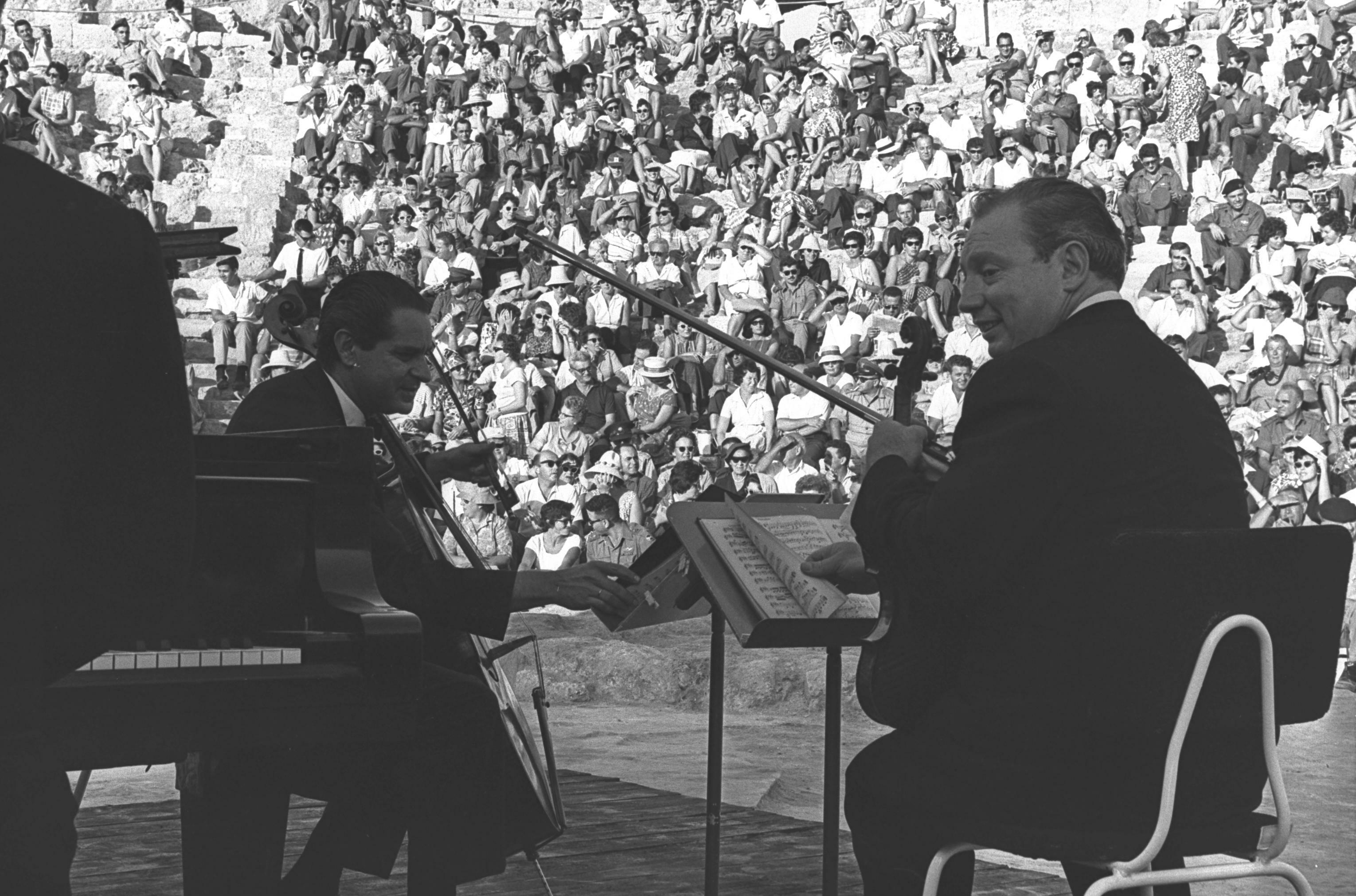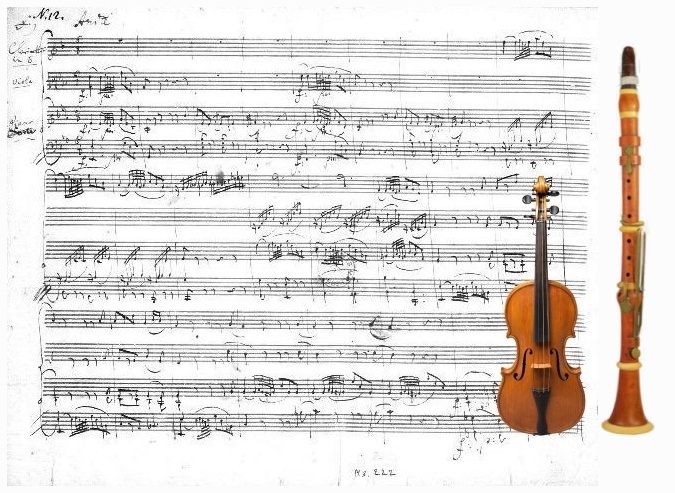|
Märchenerzählungen (Schumann)
''Märchenerzählungen'' (Fairy tale narrations), Op. 132, is a trio composition by Robert Schumann in four movements for clarinet (violin ad libitum), viola and piano. He composed the clarinet-viola-piano trio in B-flat major, between 9 and 11 October 1853. The movements are connected by a motif (''Kernmotiv''). The work is dedicated to Schumann's pupil Albert Dietrich, and was published in 1854 by Breitkopf & Härtel. History The composition, one of Schumann's last works, uses the same combination of instruments as Mozart's ''Kegelstatt Trio''. The composer was interested in the "picturesque and the fanciful", but left no link to specific fairy tales, as for his earlier '' Märchenbilder'', Op. 113. The composition was completed in a few days. Clara Schumann noted in her diary: "Heute vollendete Robert 4 Stücke für Klavier, Klarinette und Viola und war selbst sehr beglückt darüber. Er meint, diese Zusammenstellung werde sich höchst romantisch ausnehmen." (Today Robert ... [...More Info...] [...Related Items...] OR: [Wikipedia] [Google] [Baidu] |
Piano Trio
A piano trio is a group of piano and two other instruments, usually a violin and a cello, or a piece of music written for such a group. It is one of the most common forms found in European classical music, classical chamber music. The term can also refer to a group of musicians who regularly play this repertoire together; for a number of well-known piano trios, see below. The term "piano trio" is also used for jazz trios, where it most commonly designates a pianist accompanied by bass and drums, though guitar or saxophone may figure as well. Form Works titled "Piano Trio" tend to be in the same overall shape as a sonata (music), sonata. Initially this was in the three movement form, though some of Haydn's have two movements. Mozart, in five late works, is generally credited with transforming the accompanied keyboard sonata, in which the essentially optional cello doubles the bass of the keyboard left hand, into the balanced trio which has since been a central form of chamber music ... [...More Info...] [...Related Items...] OR: [Wikipedia] [Google] [Baidu] |
Kegelstatt Trio
The ''Kegelstatt Trio'', K. 498, is a piano trio for clarinet, viola and piano in E-flat major by Wolfgang Amadeus Mozart. History Mozart wrote the piano trio on 10 sheets (19 pages) in Vienna and dated the manuscript on 5 August 1786. According to Mozart's 17-year-old student Karoline Pichler, the work was dedicated to another student of Mozart's, Franziska von Jacquin; Mozart and the von Jacquin family – father Nikolaus Joseph von Jacquin and his youngest son Gottfried – were quite close friends. They performed house concerts together, where Nikolaus played the flute and Franziska the piano. In a letter to Gottfried from 15 January 1787, Mozart praises Franziska's studiousness and diligence. Mozart dedicated a number of works to the von Jacquin family. One year later, Mozart wrote two Lieder, "" (K. 520) and "" (K. 530) explicitly for Gottfried von Jacquin to use under his own name. The German word ' means "a place where skittles are played", akin to a duckpin b ... [...More Info...] [...Related Items...] OR: [Wikipedia] [Google] [Baidu] |
Piano Trios By Robert Schumann
A piano is a keyboard instrument that produces sound when its keys are depressed, activating an action mechanism where hammers strike strings. Modern pianos have a row of 88 black and white keys, tuned to a chromatic scale in equal temperament. A musician who specializes in piano is called a pianist. There are two main types of piano: the grand piano and the upright piano. The grand piano offers better sound and more precise key control, making it the preferred choice when space and budget allow. The grand piano is also considered a necessity in venues hosting skilled pianists. The upright piano is more commonly used because of its smaller size and lower cost. When a key is depressed, the strings inside are struck by felt-coated wooden hammers. The vibrations are transmitted through a bridge to a soundboard that amplifies the sound by coupling the Sound, acoustic energy to the air. When the key is released, a damper stops the string's vibration, ending the sound. Most note ... [...More Info...] [...Related Items...] OR: [Wikipedia] [Google] [Baidu] |



